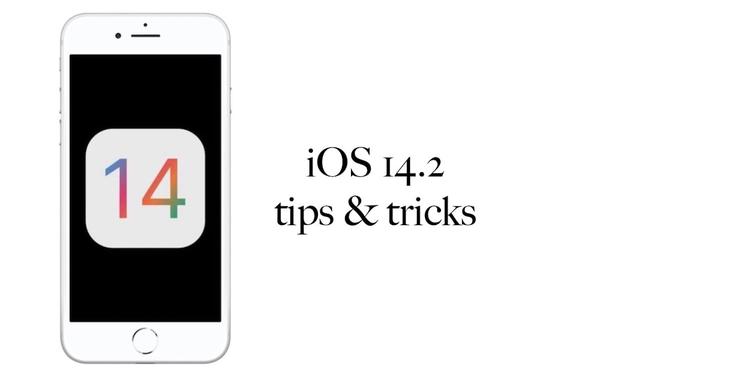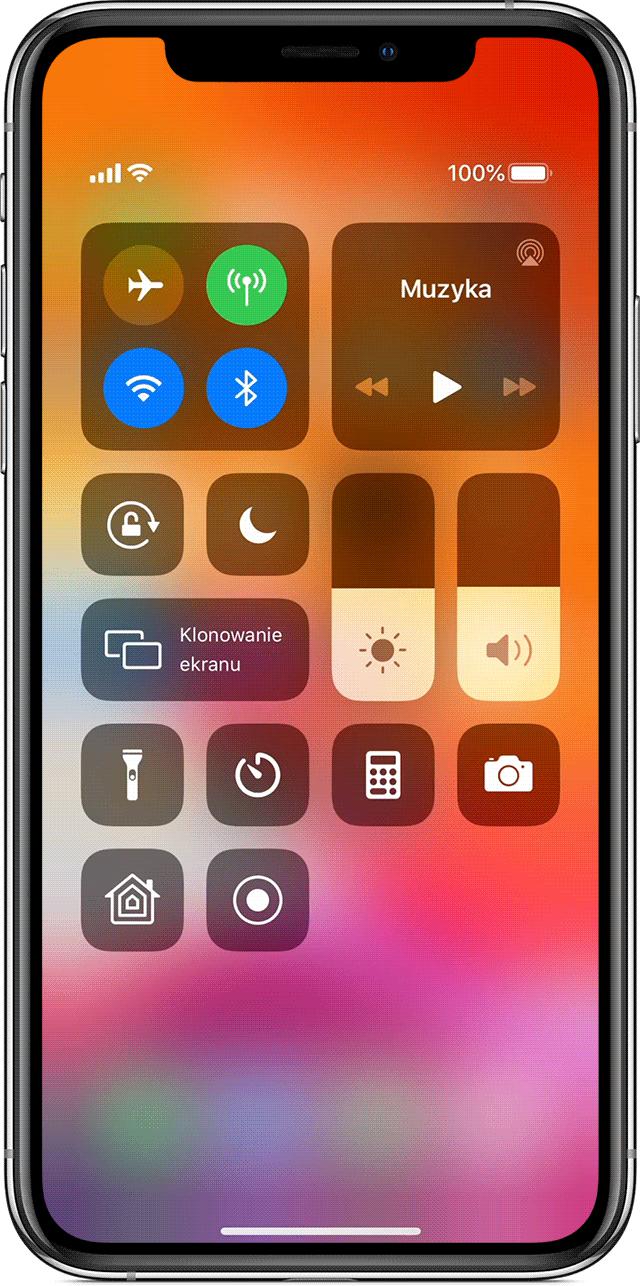Widgets on the home screen are probably the most visually spectacular changes in iOS 14. Thanks to them, the iPhone home screen gained a completely new functionality. To get the most out of using widgets, it's worth taking a few moments to customize them.
Depending on your point of view, home screen widgets are a big step forward for some, while others are chasing after the rival Android. Anyway, the new function is happy, although Apple, introducing new widgets to iOS 14, could have prepared it a bit more carefully. Because let's be honest, widget support is not intuitive enough for the habits of users and Devices.
It seems that it's not just iDevice users who are having trouble with widgets. From what I've noticed, developers also have problems with widgets. After a temporary presence, widgets disappeared from applications such as Bear, Map my ride or Twisto. While the addition of widgets to the application was announced by developers, there is silence about the removal.
Home screen widgets are designed to come in three sizes. What is very important, the scope of presented information largely depends on what size of the widget you choose. In addition, the size of the widget after it has been added to the home screen cannot be edited and the only way to change it is to delete and insert the widget again.
The most sensible way to resize a widget would be to long press on it and select Resize from the quick action menu. Unfortunately, Apple did not foresee such a thing. Until such or similar functionality appears, users of iDevices are doomed to a much more tedious way of configuring the appearance of the main screen.
How to resize a widget added to the home screen in iOS 14?
Step 1 - remember changes and settings of widgets

If you changed their settings when adding widgets, now is the best time to remember how you configured them. This will make setup much faster when you remove and re-add the widget. Press and hold the widget until the quick actions menu appears. Select the Edit Widget option from it. Then remember or save your settings. You must perform this operation for each of the widgets present on the screen separately because, unfortunately, this process cannot be automated.
Step 2 - Remove the current widget
Yes, unfortunately this is the only way to resize the widget. Delete and add again.
The quickest way to remove a widget is to press and hold the home screen in an empty spot. When a minus appears next to the widget, click on it and in the Remove Widget dialog box, press the Delete button.
You can also remove the widget in another way. Press and hold a specific widget. Then, from the quick actions menu that will appear next to it, select the Remove widget option and in the Remove widget dialog box, press the Delete button.
Apple can surprise you sometimes. There are two ways to remove a widget and neither way to resize it.
If the widget is inside a stack, press and hold the stack and select Edit Stack from the context menu. Then swipe left on the widget you want to remove from the stack.
Step 3 - Add a new widget of the right size
After removing the widget that is not the size you want, it's time to add a new one of the right size to your home screen.
To add a widget to your home screen, press and hold the wallpaper until a button with a plus icon appears in the upper right corner of the screen. Then, from the list of widgets, select the one you want to add. A tab with a widget in different sizes will be displayed. Read them carefully, paying attention to the amount of information displayed by the widgets depending on the size. When you choose the one that suits you best, drag it from the tab to the home screen, or press the Add widget button. Finally, click Done to close the home screen editor.
Tip: If you're not sure which widget works best for you, add all three sizes of a given widget to your home screen and explore its capabilities. Also check the configuration options and choose the size that suits you best.
Step 4 - configure widgets
Finally, all you need to do is configure the added widget. Depending on the application associated with it, this may be the selection of a time zone for the clock, or the selection of a folder in the case of notes or galleries.
To go to the configuration options, press and hold the widget until the quick actions menu appears. Select the Edit Widget option from it. Note that not all widgets are configurable. For some applications, the widget only displays one type of information.


![Apps and games on iOS for free.Promotions, discounts, discounts [27.12.2021] Apps and games on iOS for free.Promotions, discounts, discounts [27.12.2021]](https://website-google-hk.oss-cn-hongkong.aliyuncs.com/article-website/google/2021/12/31/661e1a9d1bdfffaecac65b0350aa0db5.webp?x-oss-process=image/auto-orient,1/quality,q_70/format,jpeg)